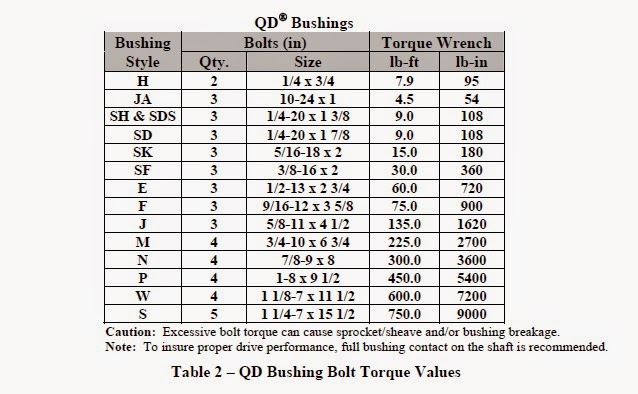We often receive requests for allowable belt working
tensions for synchronous belts from users designing linear type belt drive
systems that pull carriages or masses back and forth. These types of applications are very
different than traditional power transmission systems operating at high speeds,
but yet all belt drive systems share the same basic principles of power
transmission physics.
Belt Working Tensions vs. Power Ratings
Synchronous belt drive systems function by transmitting a “pull”
exerted by driver pulleys/sprockets into belts.
This belt “pull” may be applied to driven pulleys/sprockets, or may be
applied directly to carriages or masses in linear reciprocating type
systems. All synchronous belts have rated
“pull” values assigned based on pulley/sprocket diameters and operating
speed. The vast majority of belt drive
applications are sized based on horsepower or torque loads, so rated belt
working tension values are presented as rated power in table form for ease of
use.
Calculating Belt Working Tension Values
One can easily obtain belt working tension values by
starting with drive horsepower ratings. Follow
these three steps to determine belt working tension values:
1) Determine the drive horsepower rating based on pulley/sprocket size and operating speed from published power rating tables or Gates drive design software.
2) Convert horsepower to torque with the following equation: Torque (lb-in) = (HP x 63025) / rpm.
3) Convert torque (lb-in) to belt working tension by dividing the torque in step 2 by pulley/sprocket radius (in). Radius can be calculated by dividing pulley/sprocket pitch diameter (in) by 2.
Belt working tension values should be applied with appropriate drive service factors, like drive power ratings. Multiply target pull loads for linear applications by appropriate service factors to obtain “design pull values”. Then make sure belt working tension values are greater than or equal to “design pull values”. Increasing belt widths and sprocket diameters both increase belt working tension values.
Summary
Belt working tension values are ultimately based on belt
fatigue characteristics, and built into belt power ratings for all types of
synchronous belts. Use the three simple
steps above to convert drive power ratings to belt working tensions for easy
use in linear belt drive system designs.
For further information or assistance, contact Gates Product
Application Engineering at 303-744-5800 or at ptpasupport@gates.com.




